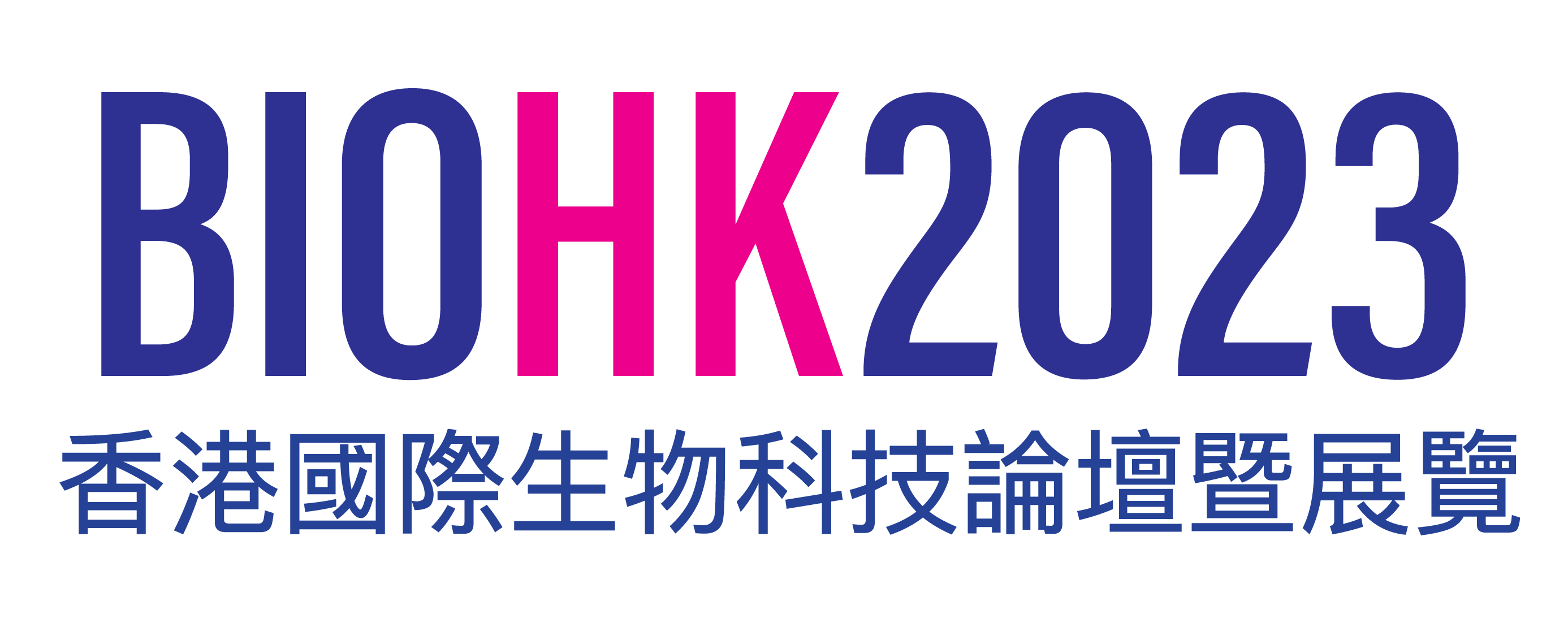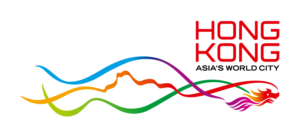Professor Jiandong Huang, Ph.D
- Chair Professor of Synthetic Biology, Biomedical Sciences, School of Biomedical Sciences, The University of Hong Kong
- L & T Charitable Foundation Professor, The University of Hong Kong.
Prof. Huang earned his BS degree from Fudan University, Shanghai and went to the US through the CUSBEA program to pursue his PhD study in transcriptional regulation during fruit fly embryonic pattern formation. He earned his PhD degree from the University of California, Los Angeles. Thereafter, Prof. Huang received his postdoctoral training in mouse genetics at National Cancer Institute, NIH in the USA. During this period, Prof. Huang was the first to report that the two major intracellular transportation systems of mammalian cells, the microtubule- and actin-filament-based system directly interact with each other through their motor proteins, kinesin and myosin. Later, he established his own laboratory at the University of Hong Kong. Prof. Huang is now the Chair Professor of Synthetic Biology and the L & T Charitable Foundation Professor in Biomedical Sciences in the School of Biomedical Sciences, the University of Hong Kong.
Prof. Huang’s current research focuses on two areas: synthetic biology and intracellular transportation. For intracellular transportation study, Prof. Huang has focused on illustrating the functions of a microtubule-based motor molecular, Kinesin-1, in different cell types, aiming at understanding its roles in different cell types in development and disease. For synthetic biology, Prof. Huang have created novel genetic circuits for the control of gene expression and hence biological behavior. One successful example is the design and assembly with his colleagues of a genetic circuit for the spatiotemporal control of cell distribution and function. This new circuit was used to reveal how repetitive biological structure could be generated and how the number of repeats in biological structures can be controlled. Most recently, his team further engineered the interactions among multiple cell types to generate biological structures. The abilities for spatiotemporal control of gene activities, cell-cell interactions, cell distribution and functions are very useful for future preventive and therapeutic medicine, which Prof. Huang is applying to vaccine development and cancer therapy.


